The Best Companion Plants For Mr Bowling Ball Arborvitae
Title: The Best Companion Plants for Mr. Bowling Ball Arborvitae
Introduction:
Mr. Bowling Ball Arborvitae is a popular dwarf evergreen shrub that is known for its dense, round shape and lacy, green foliage. It is a versatile plant that can be used in a variety of landscape settings, including borders, containers, and foundation plantings.
When choosing companion plants for Mr. Bowling Ball Arborvitae, it is important to consider the plant's size, growth rate, and light requirements. Mr. Bowling Ball Arborvitae is a slow-growing plant that typically reaches a height of 24 to 30 inches. It prefers full sun, but can tolerate partial shade.
Here are some of the best companion plants for Mr. Bowling Ball Arborvitae:
- Daylilies: Daylilies are a popular choice for companion plants because they bloom in a wide range of colors and have a long bloom time. They also prefer full sun, so they will complement Mr. Bowling Ball Arborvitae well.
- Hostas: Hostas are another good choice for companion plants because they come in a variety of leaf colors and textures. They also prefer partial shade, so they can be planted in areas where Mr. Bowling Ball Arborvitae does not get full sun.
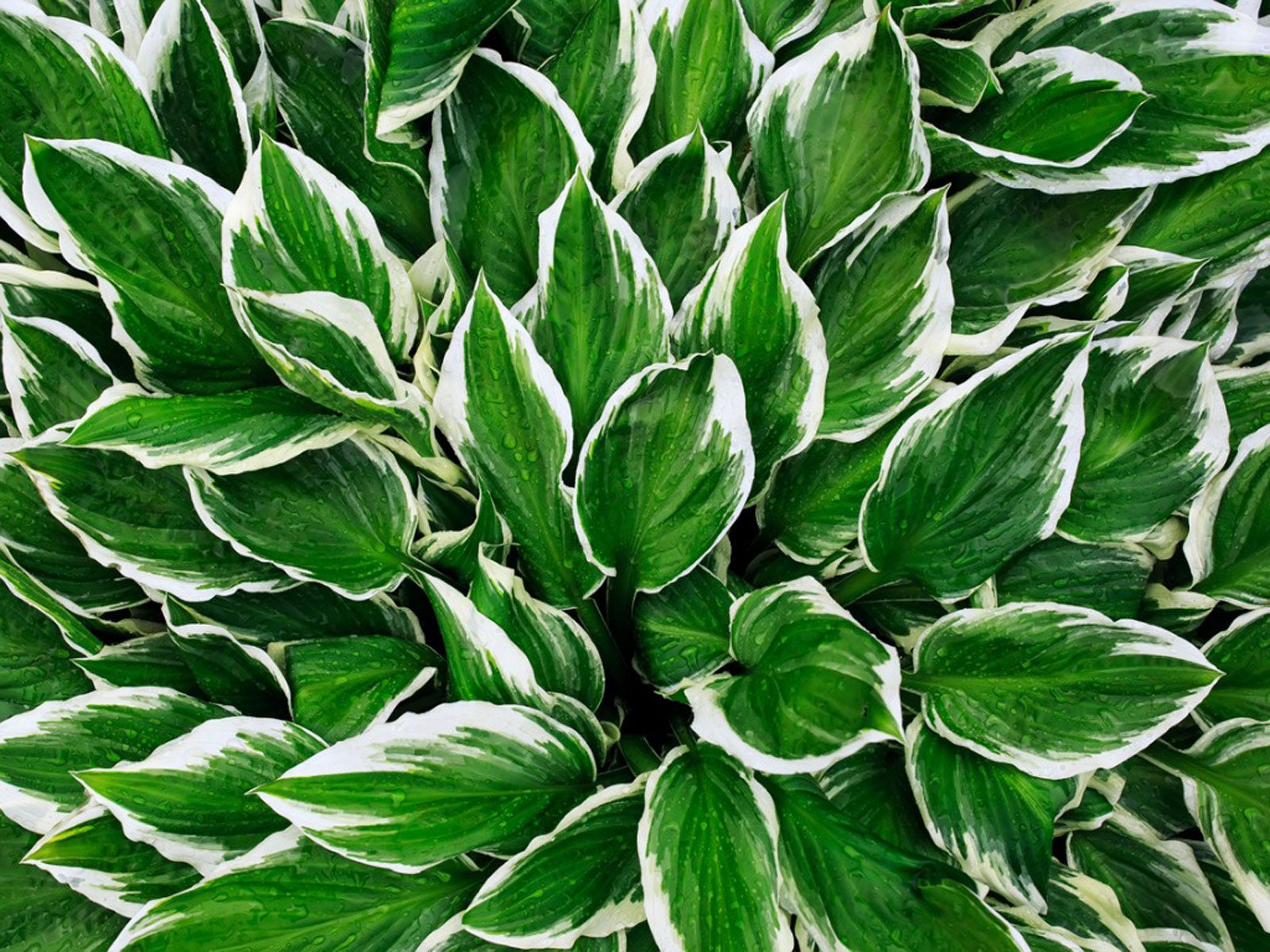
- Junipers: Junipers are evergreen shrubs that come in a variety of sizes and shapes. They can be used to create a contrast in texture or color with Mr. Bowling Ball Arborvitae.
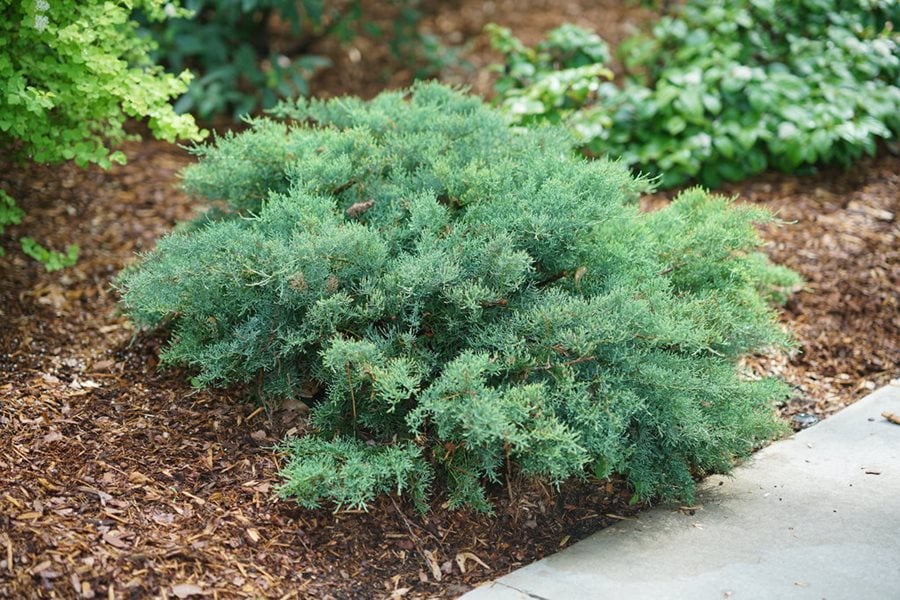
- Yews: Yews are another type of evergreen shrub that can be used as companion plants for Mr. Bowling Ball Arborvitae. They come in a variety of sizes and shapes, and they can be used to create a formal or informal look.
- Ornamental grasses: Ornamental grasses add movement and texture to a garden. They can be used to fill in spaces between Mr. Bowling Ball Arborvitae, or they can be used to create a focal point.
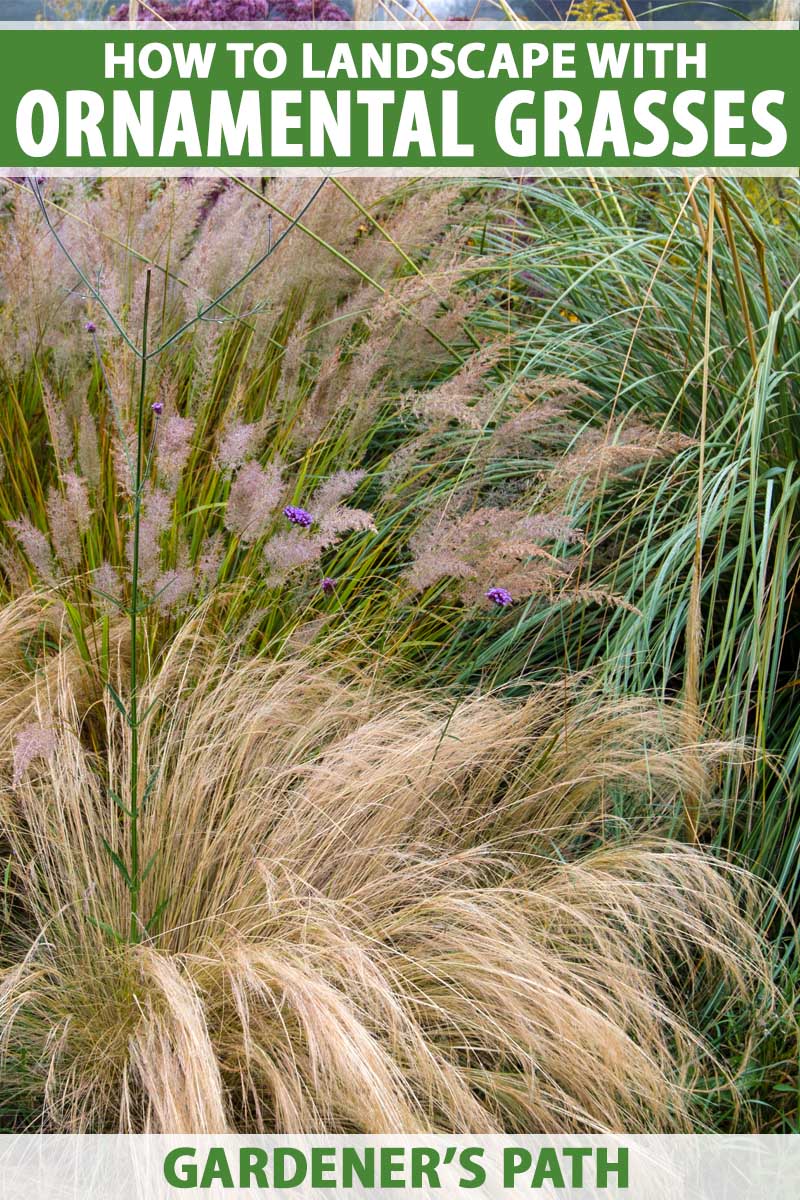
Main Content:
In addition to the plants listed above, there are many other good companion plants for Mr. Bowling Ball Arborvitae. Some other popular choices include:
- Coneflowers: Coneflowers are a type of wildflower that blooms in the summer. They come in a variety of colors, including red, orange, yellow, and purple.
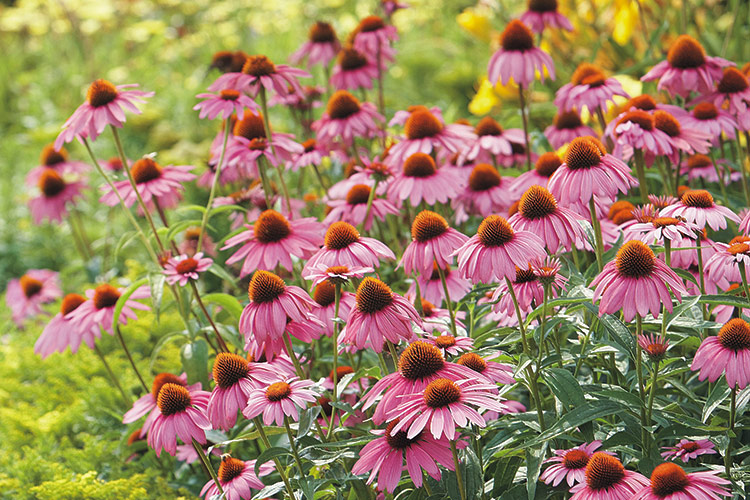
- Marigolds: Marigolds are another type of wildflower that blooms in the summer. They come in a variety of colors, including orange, yellow, and red.
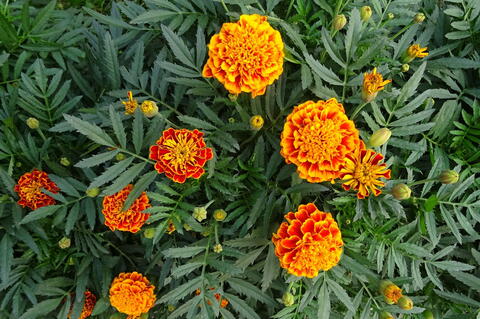
- Petunias: Petunias are a popular annual flower that blooms in a variety of colors. They are easy to care for and can be used to add color to borders or containers.
- Sunflowers: Sunflowers are a tall, stately flower that blooms in the summer. They come in a variety of colors, including yellow, orange, and red.

When choosing companion plants for Mr. Bowling Ball Arborvitae, it is important to consider the overall look and feel that you want to create in your garden. You can use a variety of plants to create a formal or informal look, or you can use plants that complement each other in terms of color, texture, or size.
Conclusion:
Mr. Bowling Ball Arborvitae is a versatile plant that can be used in a variety of landscape settings. By choosing the right companion plants, you can create a beautiful and harmonious garden that will last for years to come.
Mr. Bowling Ball arborvitae is a popular choice for gardeners because of its compact size, dense foliage, and year-round color. But what are some good companion plants for Mr. Bowling Ball arborvitae?
Here are a few popular options:
- Little Giant arborvitae
- Alberta Blue Dwarf Alberta Spruce
- Double Kerria Japonica
- Magic Carpet Spirea
- Red Sprite Holly
These plants all have similar growing requirements to Mr. Bowling Ball arborvitae, so they will thrive in the same conditions. They also have different colors and textures, so they can help to create a more interesting and visually appealing landscape.
To learn more about companion plants for Mr. Bowling Ball arborvitae, visit Home Gardening.
FAQ of mr bowling ball arborvitae companion plants
- What are some good companion plants for Mr. Bowling Ball Arborvitae?
Some good companion plants for Mr. Bowling Ball Arborvitae include:
* Hemerocallis (daylilies): These colorful flowers bloom in the summer and provide a splash of color next to the evergreen foliage of the arborvitae.
* Hosta: These shade-loving plants add interest to the garden with their large, heart-shaped leaves.
* Hydrangea: These flowering shrubs come in a variety of colors and sizes, and they can add a touch of elegance to any garden.
* Spiraea: These deciduous shrubs bloom in the spring and summer, and they provide a nice contrast to the evergreen foliage of the arborvitae.
* Smoke tree (Cotinus): This shrub has colorful foliage that turns shades of red, orange, and yellow in the fall.
- What are the benefits of planting companion plants with Mr. Bowling Ball Arborvitae?
There are several benefits to planting companion plants with Mr. Bowling Ball Arborvitae. Companion plants can:
* Attract pollinators: Many companion plants, such as daylilies and hydrangeas, attract pollinators such as bees and butterflies. These pollinators are essential for a healthy garden, as they help to pollinate plants and produce fruits and vegetables.
* Provide shade: Some companion plants, such as hostas and smoke trees, provide shade for the arborvitae. This can be helpful in hot climates, as it can help to protect the arborvitae from the sun's rays.
* Improve soil quality: Some companion plants, such as spiraea, can help to improve the soil quality around the arborvitae. This can help the arborvitae to grow healthier and stronger.
* Distract pests: Some companion plants, such as daylilies, can distract pests from the arborvitae. This can help to keep the arborvitae healthy and free of pests.
- How far apart should I plant companion plants with Mr. Bowling Ball Arborvitae?
The distance that you should plant companion plants with Mr. Bowling Ball Arborvitae depends on the size of the plants. In general, you should plant companion plants about 2-3 feet away from the arborvitae. This will give the plants enough space to grow and thrive.
- What are some tips for caring for Mr. Bowling Ball Arborvitae with companion plants?
Here are some tips for caring for Mr. Bowling Ball Arborvitae with companion plants:
* Water regularly: Mr. Bowling Ball Arborvitae and their companion plants need regular watering, especially during the first year after planting.
* Fertilize in the spring: Fertilize Mr. Bowling Ball Arborvitae and their companion plants in the spring with a balanced fertilizer.
* Prune as needed: Prune Mr. Bowling Ball Arborvitae and their companion plants as needed to maintain their shape.
* Protect from pests and diseases: Monitor Mr. Bowling Ball Arborvitae and their companion plants for pests and diseases, and take action if necessary.
Image of mr bowling ball arborvitae companion plants
Hydrangeas are a popular choice for companion plants for Mr. Bowling Ball Arborvitae because they have similar growing requirements. Both plants prefer full sun to partial shade and well-drained soil. Hydrangeas also come in a variety of colors, which can add interest to your landscape.
Hostas are another good choice for companion plants for Mr. Bowling Ball Arborvitae. They are shade-tolerant plants that come in a variety of leaf shapes and colors. Hostas can help to fill in the spaces around your Mr. Bowling Ball Arborvitae and add depth to your landscape.
Astilbes are a type of perennial that is known for its airy, feathery flowers. They prefer moist, well-drained soil and partial to full shade. Astilbes can add a touch of elegance to your landscape and help to soften the edges of your Mr. Bowling Ball Arborvitae.
Sedum are a type of succulent that is known for its drought tolerance. They come in a variety of colors and shapes, and can be used to add interest to your landscape in both the summer and the winter. Sedums can be planted in full sun to partial shade and are relatively low-maintenance.
Coral Bells are a type of perennial that is known for its colorful foliage. They prefer moist, well-drained soil and partial to full shade. Coral Bells can add a touch of color to your landscape in the summer and fall.
Lavender is a type of herb that is known for its fragrant flowers. It prefers full sun and well-drained soil. Lavender can be used to create a border around your Mr. Bowling Ball Arborvitae or to add a touch of fragrance to your landscape.
Yarrow is a type of wildflower that is known for its daisy-like flowers. It prefers full sun and well-drained soil. Yarrow can be used to add a touch of color to your landscape in the summer and fall.
Shasta Daisies are a type of daisy that is known for its white flowers. They prefer full sun and well-drained soil. Shasta Daisies can be used to add a touch of color to your landscape in the summer.
Daylilies are a type of perennial that is known for its long-lasting flowers. They prefer full sun and well-drained soil. Daylilies can be used to add a touch of color to your landscape throughout the summer.
Black-eyed Susans are a type of wildflower that is known for its yellow flowers with brown centers. They prefer full sun and well-drained soil. Black-eyed Susans can be used to add a touch of color to your landscape in the summer.

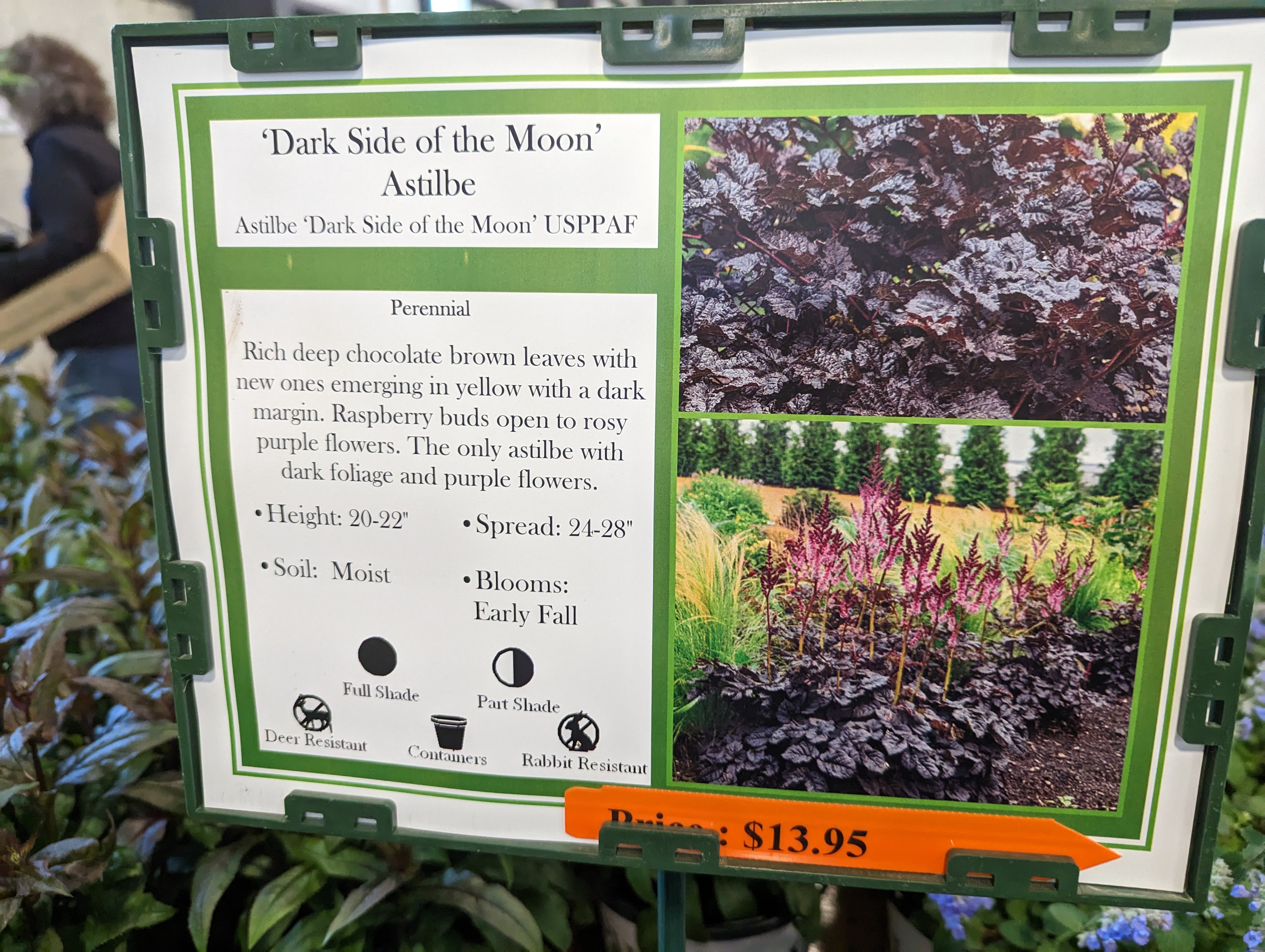



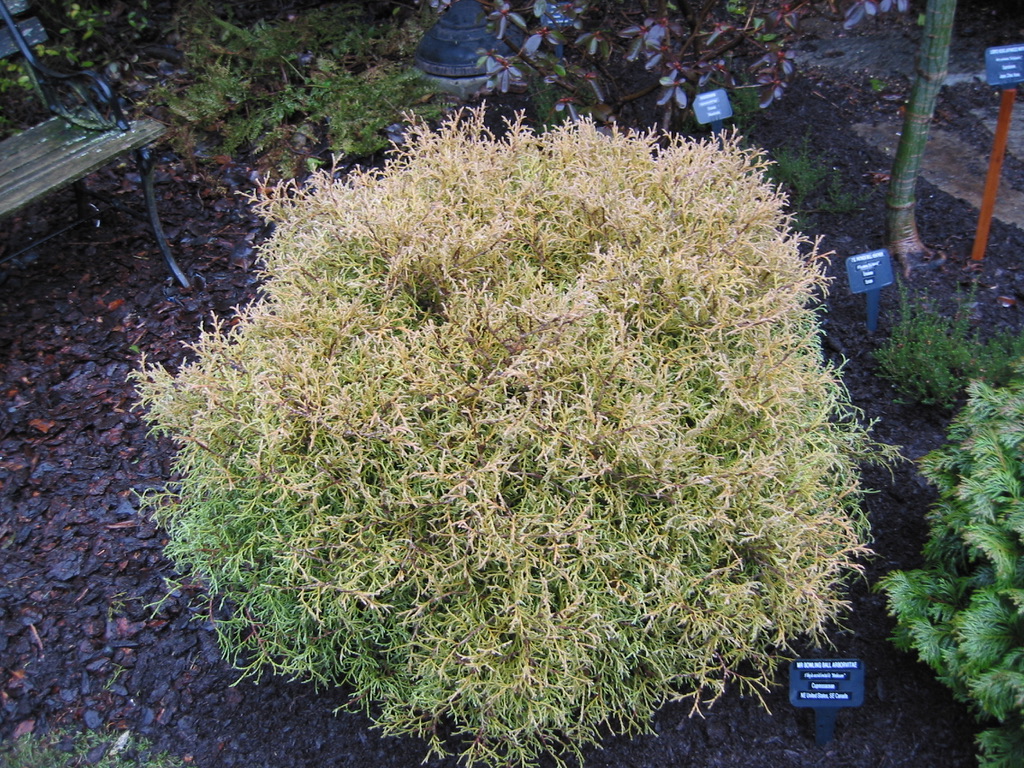


Post a Comment for "The Best Companion Plants For Mr Bowling Ball Arborvitae"